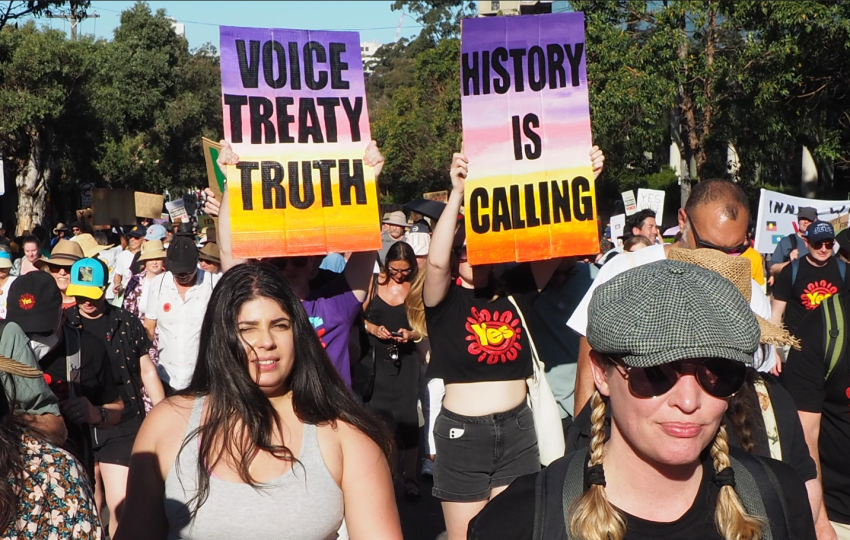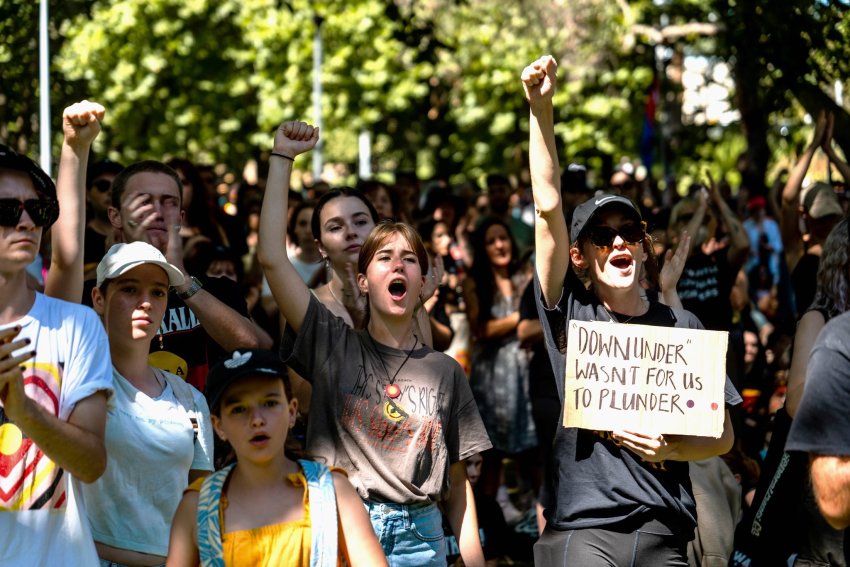The Yes campaign was deeply flawed from the start.
It was designed to be minimalist and conservative in the hope of getting bipartisan support, which it failed to get. Consequently, its arguments were contradictory and its promises did not match its proposals.
It purported that token constitutional recognition (already inserted into every state constitution) and the establishment of a First Nation’s advisory body would somehow close the yawning gap.
The Yes campaign could not even tell the truth about the differences between First Nations peoples. There was no hiding the fact that most of the most militant and grassroots-mobilising First Nations activists argued for a progressive No vote, based on demands for sovereignty, truth telling, treaties and rights-based measures to close the gap between First Nations communities and the rest of the population.
The Yes campaign insisted that the referendum proposal had the unanimous support of First Nations people when, in fact, it was devised by a small number of conservative, bureaucratic First Nations leaders in consultation with conservative political and corporate elites.
Emphasis Mine
The proposal was for a body with undefined powers which the NO case said was the thin edge of the wedge for a third chamber of parliament even though the parliament had to pass legislation to create the body. Now the NO case want to scrap any movement towards a treaty and truth telling. They say that Australia cannot have a treaty with itself thereby obliterating the sovereignty of Aborigines and Torres Strait Islanders. And they say truth telling is merely an excuse for spreading lies about the colonisation of Australia.
Settler colonial societies go to great lengths to erase the identity of the indigenous societies by denying them their sovereignty and history. Until Aborigines can assert their sovereignty through a Treaty, control their futures through self governance, and tell their stories through truth telling, there can be no reconciliation in Australia.





